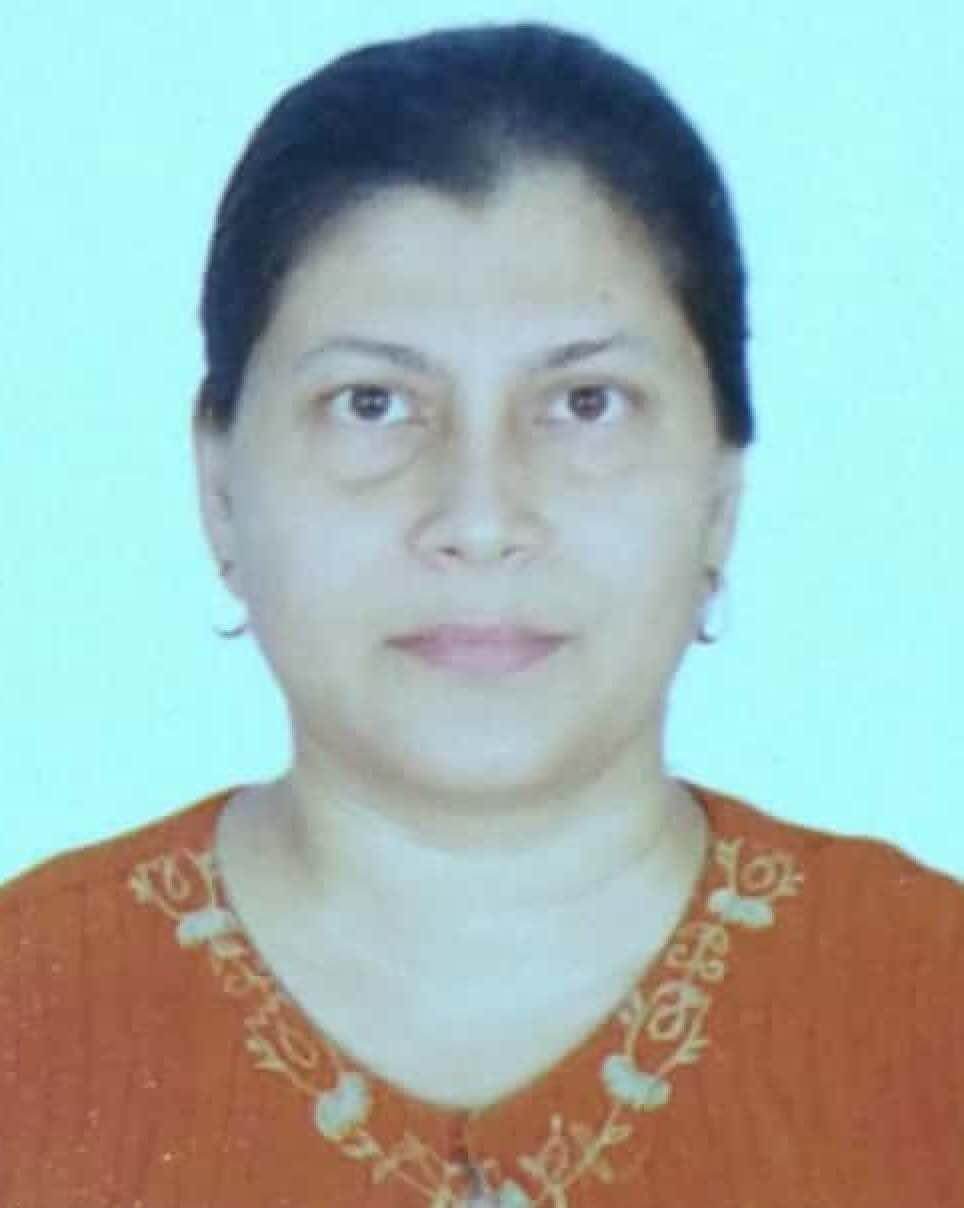SEMINAR 2024
Gravitational wave signature of generic disappearance of Z2-symmetry breaking domain walls
| Speaker | Dr Piyali Banerjee, Nagaland University, India / NUS |
| Date/Time | Friday, 26 April, 3PM |
| Location | Conference room: S11-02-07 |
| Host | Asst/Prof Alvin Chua |
Abstract
Breaking of discrete parity symmetry at high energy scale gives rise to Z2 domain walls (DW). The metastability of such walls can make them relatively long lived and contradict standard cosmology. We consider two classes of theories with similar underlying features, the left right symmetric theories and two Higgs doublet models. As a first step, domains form at a high energy scale during Z2 parity breaking. In the second step, these domains further decompose into subdomains due to Z2 symmetry breaking in two Higgs doublet models closer to the electroweak scale. We show that after this two step formation of domains and subdomains, a QCD instanton induced energy difference can remove both types of domain walls at around the same time successfully. The removal occurs purely as the result of a chance event taking place with probability very close to 0.25. We then investigate the gravitational waves arising from the collapse of such domain walls and show that the peak frequency of these waves lies in the 10-7–10-6 Hz band, corresponding to annihilation temperatures of 1–10 GeV. The recent NANOGrav results rule out our DW collapse model for higher values of parity breaking scale above 107 GeV. Our DW collapse model with parity breaking scales below 107 GeV remains consistent with the current NANOGrav results and has a good chance of being seriously tested in future pulsar timing array based experiments.

Simulation of high enery domain walls in early universe, also showing lower energy subdomain walls in two cells.
Additional Credit: Main structure of DW in early universe, Dr. Carlos Martin, Youtube
Publication: Banerjee and Yajnik, JHEP 2024, article 7

Biography
Piyali Banerjee started out as an experimental high energy physicist, working in the DZero experiment, Fermilab during her Ph.D. at TIFR, India, and in the Atlas experiment, CERN during her postdoc at Montreal University. After that she shifted to high energy theory and phenomenology during her stints as postdoc followed by DST funded PI at IIT Bombay. Her research interests shifted more towards gravitational wave signatures of high energy physics models as an assistant professor at School of Engineering and Technology, Nagaland University, India. At present she is visiting the gravitational waves group of Prof. Alvin Chua at NUS.
